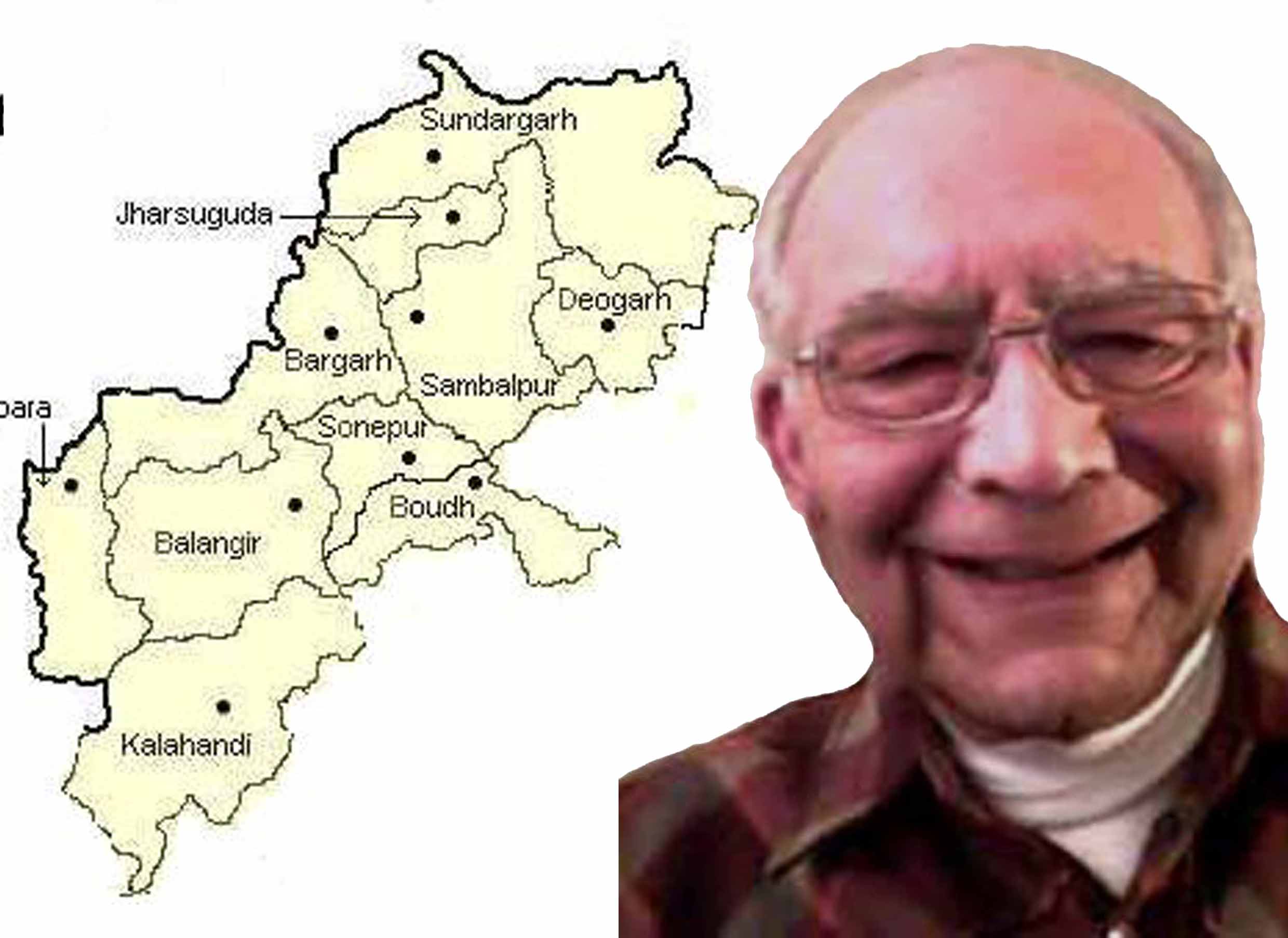Though Koshal or Western Orissa too was the meeting ground Aryan, Dravidian and Adivashi cultural heritages, in many respects there are significant variables which are distinctly different from coastal Odisha. Koshal is full of hills and valleys, with fast flowing rivers and rivulets. And unlike coastal Odisha it is landlocked. Until it became a part of Odisha, the main and dominant connections of Koshal were with Northern India (modern Jharkhand and beyond) and Western India (modern Chhattisgarh and beyond) with significant contact with coastal region and marginal contact with Dravidian region. Mahanadi passes through Koshal originating through Chhattisgarh, a significant part of which is part of Greater Koshal, meeting the sea in coastal region. Mahanadi, being navigable year around, was the main artery of commerce as well as carrier of social contacts. Most of the significant political contacts were with west and north. Since it was the tail end of ancient Koshal of Puranic age, most of the cultural institutions are influenced by the north. The present note is not meant for delineating the long history of Koshal, but by the time Huen Tsang visited the region in 7th century AD, Greater Koshal was already known as Koshal as a distinct region. British brought about 60 to 70 per cent of Koshali speaking area to the Bengal Presidency in early 1900s, which eventually became part of modern Odisha in 1936. During the long history of Koshal and Utkal/Kalinga, military conquests took place from either side. Political masters of Koshal such as Meghbahana Vansa and Somavanshis occupied Kalinga/Utkala, and Anangabhima Deva conquered Koshal. Never the less, Koshal even during brief subjugation retained its identity as a distinct region. The traumatic invasion and rule of Utkala/Kalinga by Ashoka as well as Afgans and Moguls was not experienced by Koshal region. The only attempted invasion of Muslim invasion of Koshal by Ismail Gaji, Commander-in-chief of Bengal Sultan Allaudin Hussain was routed in 1503 by Balaram Dev, who was then commander-in-chief of Koshal army. The Muslim army was defeated and eventually Balaram Dev became king of Koshal. Koshal was briefly (5 to 6 years) occupied by Marathas but for a much longer period by Utkal/Kalinga. During British occupation, legendary armed revolt (1827 to 1864) led by Surendra Sai too well known to be detailed here. This is a very brief snapshot of the history highlighting some of the important events.
The religious scene in Koshal was dominated by Mahayana/Vajrayana Buddhism and Saiba/Sakta Tantrism, evidence of which abounds throughout the region. Nabin Sahu, well known historian, Padmasambhaba from Sambalpur went Tibbet at the invitation of Tibbetan monarch of 8th century and spread Vajrayan Buddhism. Voluminous writings by him as well as other Vajrayana Siddhas, like Nagarjuna (not Adi Nagarjuna), Indrabhuti, Laxminkara and Sakyamitra from Koshal suggest that Koshala was an important center of Sanskrit and Pali pedagogy. Vaishavism crept in gradually after Koshal was integrated with Odisha. Demographically, the region had twenty different tribes, some with their own language but all tribals are conversant with Koshali. Aryanisation of the area took place in drips and drabs without any sudden influx as it happened in Kalinga/Utkal. There is evidence of existence of many Srotriya Brahmins usually under the tutelage of various kings and chieftains. Balaram Dev in 16th century brought a few Brahmins and Karans, who took over priestly duties and administrative functions. Previous to that Gonds were the main civil servants. During Muslim occupation of coastal Odisha, more Brahmins came to Koshal probably to escape Muslim atrocity against Brahmins there. In this historical context Koshali language developed.



